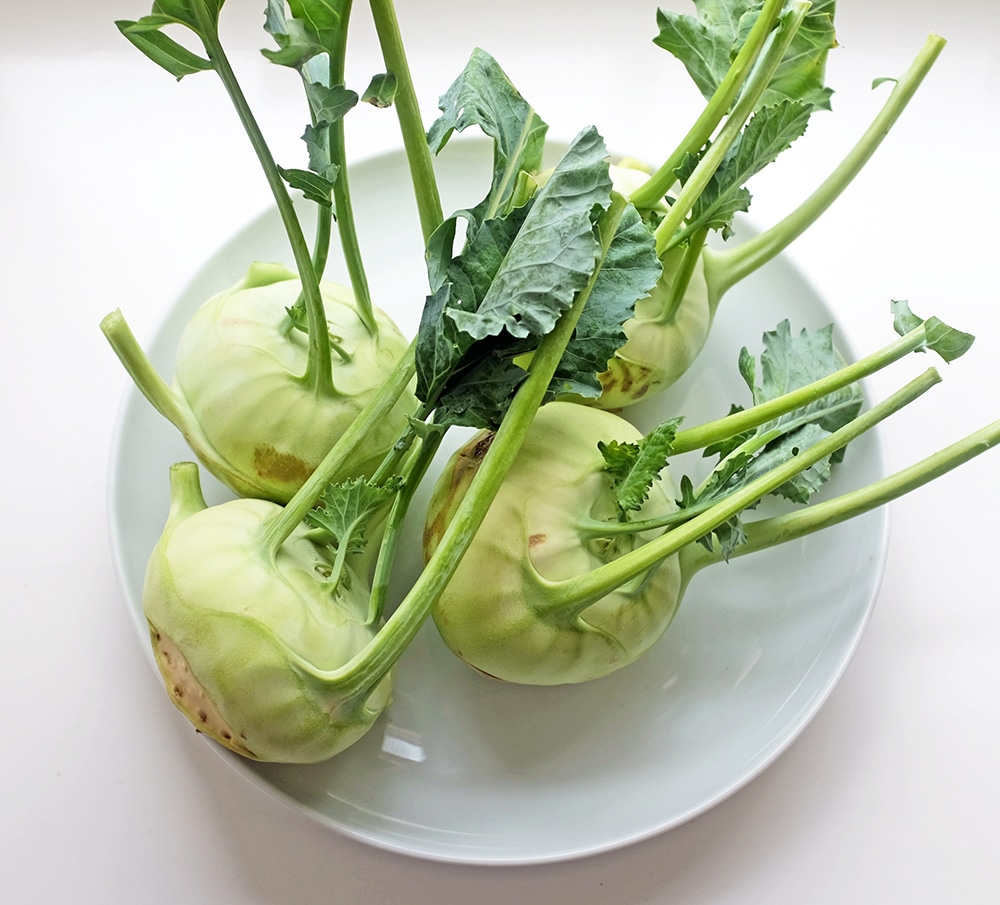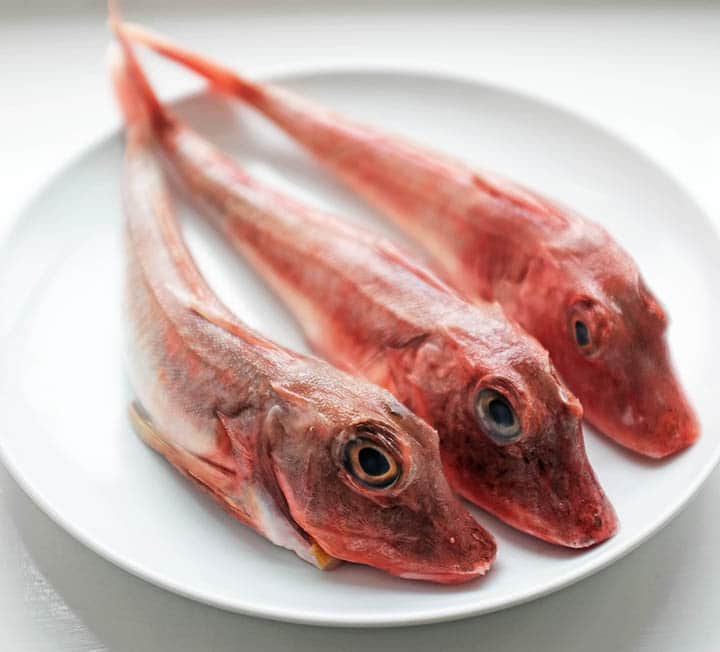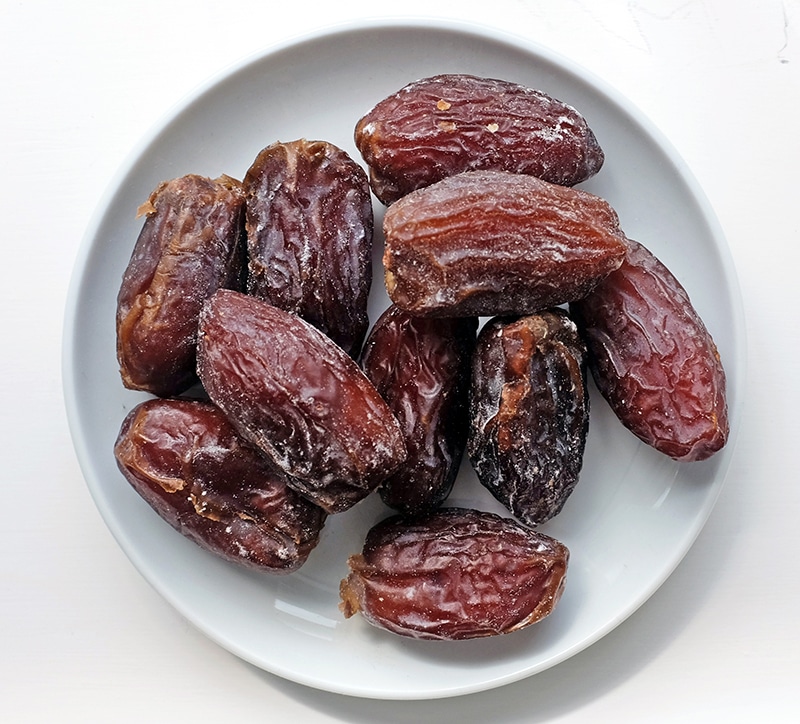Hidden charms: beef cheeks
Determined that you should never judge a book by its cover, Ed Smith explores the hidden charms of some of the Market’s less obviously alluring ingredients. This time: beef cheeks


“COLLAGEN DISSOLVES TO GELATINE, BECOMING SUCCULENT AND JELLY-LIKE, THICKENING THE LIQUOR IT’S COOKED IN”
It’s in the eye of the beholder, isn’t it, this beauty thing? Indeed, as an (ethical) carnivore I struggled a little when tasked with seeking an ‘ugly’ slab of meat at the Market. Where some might see blood and gore, I see a quick sear or char and a tender chew; and where others balk at marbling, fat and sinew, I see a slow-cooked, melting mass of flavour. All meat looks pretty wondrous to me, whether it’s a prime rib or tough shin.
Or does it? Sitting in the left-hand corner of Ginger Pig’s counter is an armful of lumpy pork jowls, and a mound of smoked Bath chaps, with their mix of five o’clock stubble and heavy, droopy flesh and fat. No one ever uses “you’re looking very jowly at the moment” as a compliment, do they?
Over at Northfield Farm, a pile of beef cheeks lacks the firm, proud crimson stance of a fillet steak, or the conviction of a t-bone. Sometimes they’re masked by a layer of shiny sinew (and are as viscerally unappealing as the photo suggests). Mostly, though, they’re cleaned and cut through, yet display three or four lines of connective tissue, which scream camera-shy rather than selfie stick.
To make matters worse, these ugly ducklings don’t turn into swans when they’re cooked. Whereas loins and sirloins brush up nicely, with their golden crusts, clean lines and blushing pink cut-throughs, cheeks contract into clenched fists, all lumpy and indented. If you close your eyes when you eat them, however, it’s a different matter altogether.
A pig or cow’s cheek muscle pretty much never stops working. Consequently, it’s a tough and fibrous muscle packed with tightly knotted strands of protein, intramuscular fat, remarkably resistant sinew and dogged collagen – which should all be music to the ears of the seasoned cooks among you, as you will know that if treated with a low, slow, gentle touch, those things can be converted into a massively flavourful, unctuous and crowd-pleasing meal.
In particular, collagen dissolves to gelatine, becoming succulent and jelly-like, thickening the liquor it’s cooked in.
Most often, cow’s and pig’s cheeks are braised in wine, stout or dark beers. Over a period of time at a low temperature, the alcohol and meat juices combine to create a rich, viscous gravy. Sweet and sour ingredients like root vegetables and pickled walnuts go well in the mix.
I’ve also had pork jowls that had been cooked as a confit in masses of lard until soft, then crisped up and served with an Asian salad, and beef cheeks patiently smoked until bouncy and tender which, when sliced, revealed joyous seams of jelly.
Unfortunately, I don’t have a hot smoker or buckets of fat at home, so a slow braise is pretty much my standard option for beef cheeks. I’m reminded of recent trips to Spain, where beef cheeks in rich sherry and rioja braising liquor with sweet peppers. When I recently bought a bag of cheeks, that’s exactly how I cooked them, serving the rich and wobbly meat with a gentle, milky cauliflower purée, plus its fresh green leaves.
See Ed’s recipe for braised beef cheeks & cauliflower puree.


